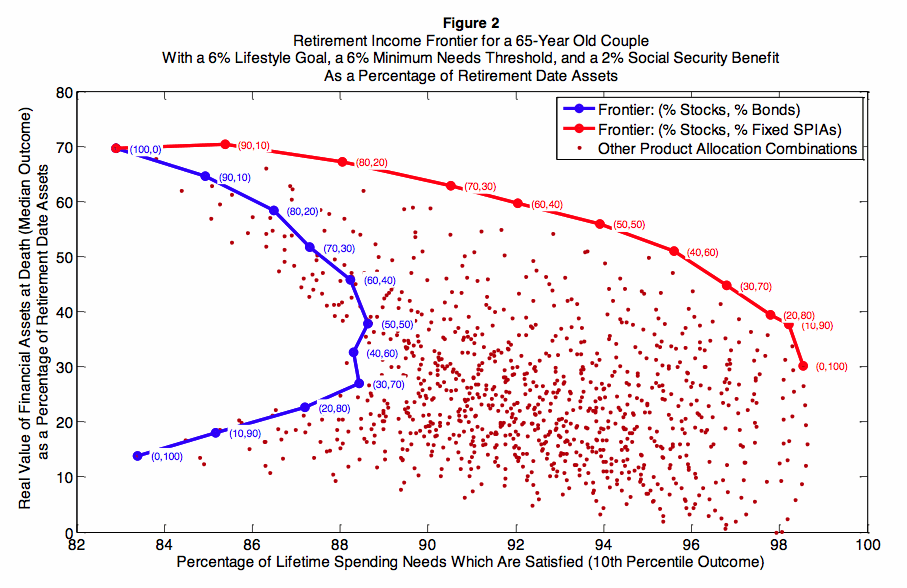
The Efficient Frontier for SPIAs
Traditionally, planners like income annuities as much as Sky Masterson likes church bingo. Wade Pfau’s ability to draw a crowd at the “Paris” resort may have been a leading indicator of advisor interest in guaranteed income.


